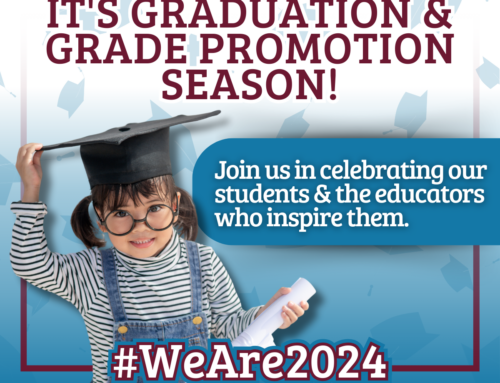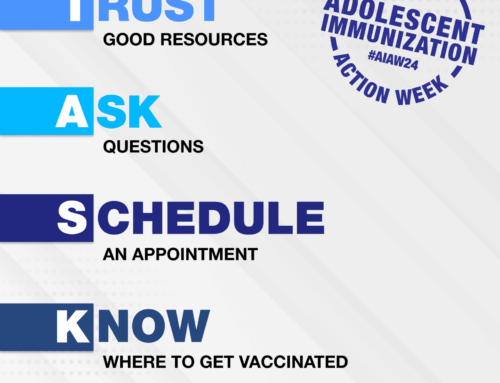While scrolling through LinkedIn recently, I came across an arresting quote from author Anatole France that read:
“The whole art of teaching is only the art of awakening the natural curiosity of young minds for the purpose of satisfying it afterwards.”
France eloquently put into words my feelings on the importance of curiosity. This quote got me thinking about how edtech providers can better support educators’ efforts to awaken “the natural curiosity of young minds” for the purpose of satisfying them later.
I believe the first step in awakening student curiosity is understanding the many types of curiosity. Now, there are shelves and shelves and article after article on this topic, but I think Mario Livio—the author of Why? What makes us curious—outlined what I think are the main types of curiosity edtech companies should try to promote.
One type is perceptual curiosity. That’s when something surprises us or doesn’t quite match what we know or think we know. Perceptual curiosity is like an itch we need to scratch. It is the type of curiosity that drives us to find out information in order to put our minds at ease. Another type of curiosity is epistemic curiosity. This type of curiosity is associated with the anticipation of the reward of knowledge. Think of it like when you can’t put a mystery novel down because you need to find out who is guilty or when you need to watch the next episode of a show to quench the cliffhanger. Specific curiosity is when you want to know a very particular piece of information, such as who was the lead actor in your favorite 80’s comedy or why baking soda is used instead of baking powder in a recipe.
I’m sure you have experienced these curiosities during your lifetime. It’s these types of curiosities that can really drive our desire to learn more. So, how can edtech support educators’ efforts to ignite student curiosity? Here are some ideas:
No-Cost, Easily Accessible Professional Learning. It seems that there is never enough time or money for professional learning in school systems, so I believe it is incumbent on edtech companies to help fill the gap. Live and on-demand professional learning showcasing teachers around the country using edtech resources to drive student curiosity can be incredibly powerful when delivered in easily digestible, bite-size chunks. Now, this professional learning should not replace a school district’s systemic professional learning efforts, but it can be a powerful, albeit supplementary, force for change.
Provide Students with More Virtual Labs and Interactives. High-quality video is a great tool for stoking specific curiosity—you watch a video about the Pythagorean theorem, you learn about the relationships between the sides of a right triangle. However, epistemic curiosity, the type of curiosity that is associated with the reward of knowledge, can be stirred by interactives and virtual labs. When a student interacts with a high-quality virtual lab or interactive, they become invested in the results, and the curiosity spurs them forward to finish the lab and even repeat it to vary the results. More virtual labs and interactives can be a powerful force for supporting student curiosity.
Inject Augmented Reality into Teaching and Learning. Using Augmented Reality in education to replace a tabletop with a mountain range or to turn the school hallway into the surface of the moon lets students interact with their surroundings in entirely new, immersive ways. This can spur students’ perceptual curiosity, as it can challenge their perceptions of their environments in new and exciting ways and encourage the exploration of places and historical eras beyond the four walls of their classrooms.
It’s All About the Questions. Encourage students to ask questions. And, there’s nothing better than technology to help students generate them. Show your students what the process of photosynthesis actually looks like or use a virtual field trip to show how an industry like Boeing produces different types of aircraft. These types of phenomenal technology experiences help drive students’ wonderings. And, by the way, students aren’t the only ones whose wonderings and questions are driven by technology. Many careers in the world of work use technology to help them generate, explore, and investigate questions. Use the technology to bring these different career workers into the classroom to talk about their curiosity. Showing students how different people in the world of work ask questions that spark their curiosity will not only model this practice, it will provide the answer to the much-asked, student question, “Why do I need to learn this?”
These are just a few of the ways that edtech companies can support the exploration of student curiosity. In an era in which each student enters the classroom with incredibly diverse backgrounds, one commonality is that each learner is naturally curious. The edtech world would do well to tap into that curiosity in the pursuit of academic achievement.
Written by Jeremy Cowdrey, the Chief Executive Officer of Discovery Education. To learn how Discovery Education is supporting students’ and educators’ natural curiosity, click this link.




